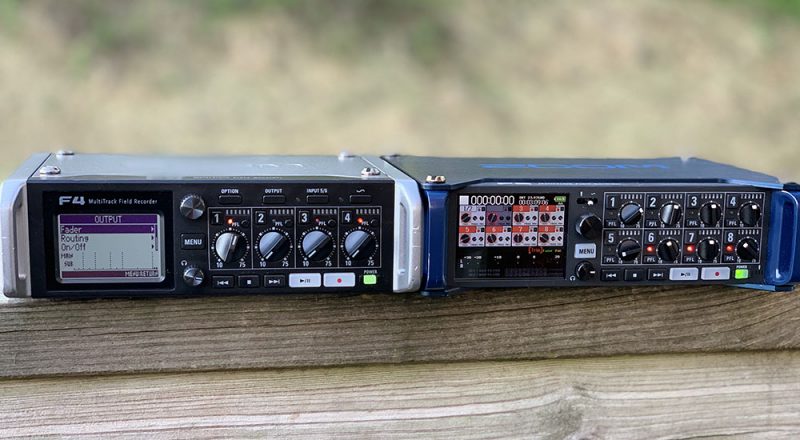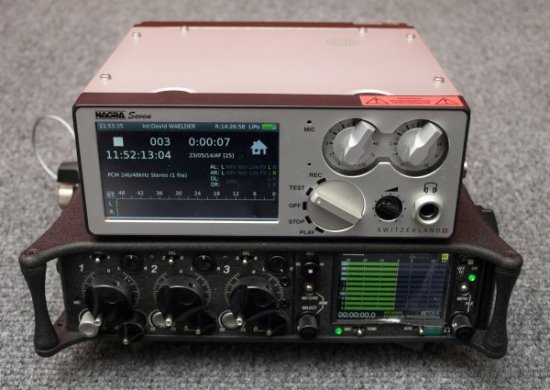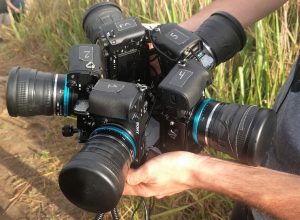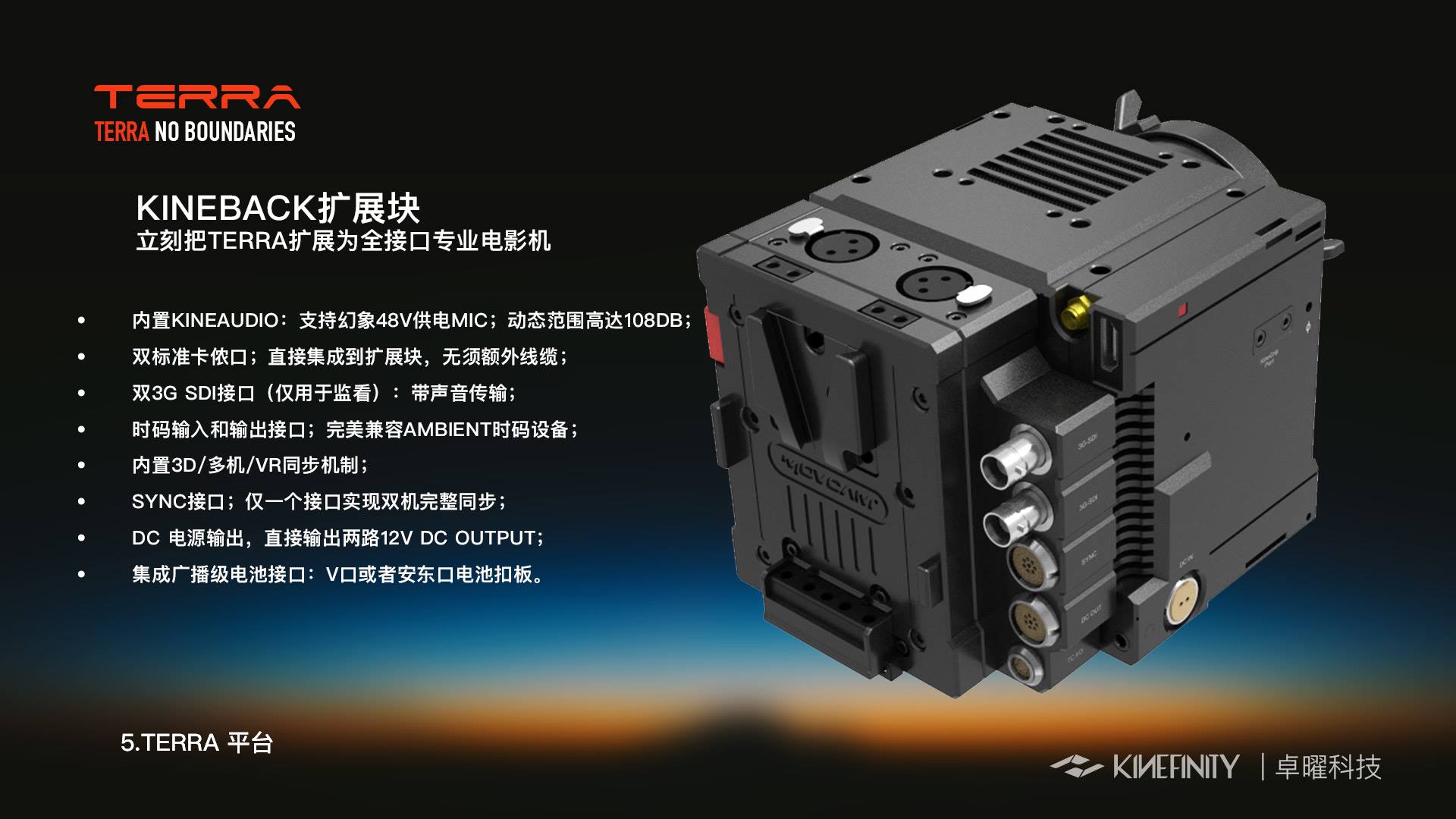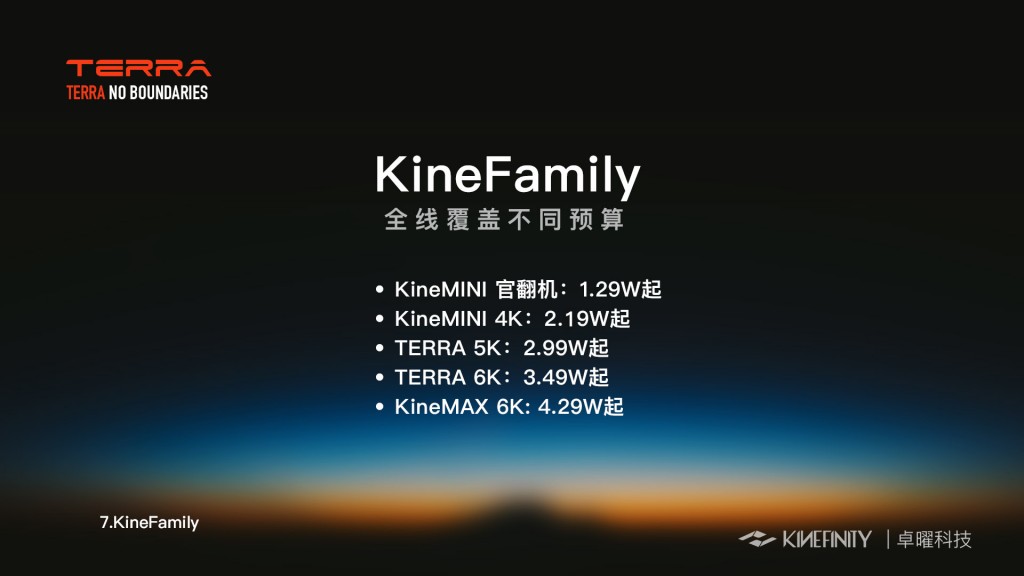I’ll give my personal thoughts on each brand, one by one:
Zaxcom:
The Nova is a very new product, I see almost no chance of a “Nova 2.0” coming out this year.
Deva 24 is a little older than Nova, but also their highest end product which thus has a longer life cycle, I see it as unlikely there will be a Deva release in 2021.
Could Zaxcom release a product which is between Nova & Deva 24, or below Nova? I doubt it.
Sound Devices:
The 8 Series is their latest range, I don’t see any chance whatsoever they’ll be ending the 8 Series in 2021 and replacing it with something newer. No chance at all.
Could the 8 Series be added to??? Is there space to squeeze in a product in between an 833/888/Scorpio? Nope, I don’t think so. (but then again, I’ve been surprised before, when the 888 came out in between the 833 & Scorpio)
Could an 8 Series recorder come out below an 833 or above a Scorpio?? Seems unlikely. Scorpio is already their most expensive ever product, and if they released a product below the 833 that might put it too close in price to a MixPre10 underneath it? (but hey, perhaps I might be wrong, and a “Sound Devices 811” will come out? A mini sized 833, with 1x XLR + 3x TA3F all for say just US$2.5K?? I doubt it, but that’s an example of how an odd ball product which might come out and surprise us)
Now as for the MixPre series, all bets are off here, as Sound Devices has been putting out new updates and variants to this at a furious pace in recent years. As while I “guess” they will not bring out any new MixPres in 2021, I’d also not be surprised either if one (or more!) gets announced.
Sonosax:
Their SX-R4+ has been around for a while, time for an update? But then again, Sonosax is an extremely small company, and it is to be expected their products will have long life cycles between updates. (will give a quick mention to the Sonosax SX-M2D2 which came out more recently in 2019, but that’s a mini portable preamp and not the type of field recorders for production sound that we’re discussing here)
Aaton:
Cantar X3 came out in 2014 (and the Cantar Mini in 2017). You’d think that after 7 years that perhaps an update is coming? But not necessarily, the X3 still seems to be very popular, you never hear of anybody leaving X3 for something “better/newer” and the X3 is still attracting new users to the platform. Plus as a high end premium product (it is after all the most expensive field recorder there is) we can expect that it will have long life for its product cycle. Perhaps next year we might get a hint from Aaton that the “X4” is under development?? Maybe. But I’m not expecting a new field recorder to be released by Aaton this year.
AETA:
They’re the smallest of all the players in the professional market who are still kinda sort of “current”, but perhaps calling them “current” is now a stretch too far? Their 4MinX recorder is now a decade old and was recently discontinued. I expect that’s the end for this company in our niche of the sound world.
Nagra:
Nagra Seven came out waaaay back in 2013, surely it is time for an update? Nagra VI is even older from 2008!
But no, won’t expect an update to these in 2021. Nagra has more or less abandoned the film market, as they’re focused instead now on the high-end audiophile market. Verdict: Nagra is AWOL.
Tascam:
The DR680mk2 & DR701D are now both looking totally outclassed in the budget end of the market once the Zoom F8 came out.
And the Tascam HS-P82 is from 2009! Was a nice machine, but looooong overdue for an update.
While I’d like to dream that Tascam will bring out a product in the mid range as an update to the HS-P82, and new low end product which is competitive in the new “Zoom F8 Era”, I don’t see any sign of life from Tascam that they’ll do that. In 2021 I expect Tascam to be AWOL.
Roland:
Take everything I just said about Tascam, and appeal an extra heavy dose of skepticism and pessimism.
As nope, I do not at all expect an update from Roland to their R4 Pro or R44.
Am definitely expecting Roland to be AWOL in 2021.
Fostex:
Take everything I just said about Roland, and times it by ten.
Fostex will be AWOL in 2021.
HHB:
Take everything I just said about Fostex, and double it.
Marantz:
Charitably we could call Marantz a “Tascam clone”. (except for when they’re not pretending to be a “RØDE clone”…) Mostly Marantz has been AWOL, but they did in late 2017 (almost 2018! Practically speaking) release the Marantz PMD-706. Which was arguably a “clone of the Tascam DR70D” but with a couple more channels. But also the Marantz PMD-706 had a few teething issues it seemed with early adopters. However, the mere existence of the PMD-706 and also the Marantz PMD-750 wireless (“a clone of the RØDE RodeLink”) as well indicates that perhaps Marantz has a desire to target the low budget indie filmmaker? Perhaps that means there is a slim chance they might try their hand at a “Zoom F8 clone”?? But based on the recent track record from Marantz, I wouldn’t be eagerly looking forward to this.
Zoom:
The Zoom F8n came out in 2018, but that’s wasn’t a major revolutionary update to the F8 but rather a half step refresh midway through the F8’s life cycle.
The Zoom F6 came out in 2019.
2020 didn’t see anything from Zoom in the F Series (unless you count their mini bodypack Zoom F2-BT recorders as part of their “F Series”, which technically they are), thus could we see a new product in 2021? I think perhaps so. As these are products which could see a faster refresh cycle, there won’t be an F6n in 2021 (as the F6 is the newest), but more likely a replacement to the F8 series…. a “Zoom F9”?? As the F8 is the oldest, and the F8n was a minor refresh. Personally I’d love to at least see a Zoom F4n, an F4 with a few tweaks (such as pro line level outputs, ditching EXH-6 for inputs 5 & 6 instead using 2x TA3F, further UI tweaks, adding bluetooth, USB keyboard without needing FRC-8, etc). But it seems Zoom believes the F6 is the true replacement for the F4 (which is not true at all!), thus I’m not counting on an “F4n” arriving. But something like a “Zoom F8n Pro / F9 / F10 / etc” seems reasonably likely in 2021
RØDE/Deity/Saramonic/BlackmagicDesign/AJA/Behringer/Lectrosonics/Tentacle/”Unknown”/Etc:
This heading is for all of those wild card unknowns from companies which have never before made a field recorder for the film industry.
Such as, could 2021 be the year we see a “Chinese F8” field recorder? A low low priced field recorder like the F8, but from a Chinese brand. I doubt it, but we’ve already seen a couple of Chinese companies dip the edges of their toe into the water with Saramonic (their Saramonic SR-VRM1 & SR-Q2M) & Deity (with their Deity BP-TRX & HD-TX) making mini recorders, thus is a bigger field recorder next? Again, I doubt it, but this is an example of the kind of “surprise” we might see in 2021. Likewise, Blackmagic Design already makes video recorders (with their range of Blackmagic Video Assist recorders), is an audio recorder next? I doubt it, but who knows. Likewise with that other Australian company: RØDE. What might RØDE have planned? They’re an audio focused company, will they surprise us with an audio recorder? And while on the topic of BMD, what about their competitor AJA? They’ve build video recorders too, might AJA surprise us? I doubt it, who knows though.
Behringer is another company like RØDE which is focused on the audio market, they’ve already got good products like their X32 Series. Imagine if Behringer released an X32 Rack with timecode I/O, improved UI with metadata entry, dual SD cards, & is DC powered? (and a DC powered Behringer X-Touch control surface too) I’d absolutely be down for one of those!
Mentioned Lectrosonics as one of those crazy oddball surprises which isn’t totally bonkers to dream of happening (just “mostly bonkers”). Lectrosonics’ biggest competitor is Zaxcom, and the Zaxcom Nova shows the power of being able to integrate your own wireless and field recorder together into one unit. Perhaps that is why Sound Devices recently purchased Audio Ltd (their A10 wireless have built in recorders too), as a long term strategic move to tightly integrate them together & reap the benefits. Such a move would serve as a double threat to Lectrosonics from both Zaxcom and Sound Devices / Audio Ltd!! Perhaps Lectrosonics needs to make a defensive move and develop their own field recorder? I highly doubt such a product will come as soon as 2021 from Lectrosonics. But they might be making the first small tentative steps in that direction, with the Lectrosonics DCR822/PDR/MTCR/SPDR/DPR/SMWB/SMDWB all have MicroSD card recorders built into them.
Tentacle just brought out their first ever recorder, the miniature Tentacle Syc Track E recorder. Could they bring out a bigger field recorder in the future? Who knows, it would surprise me, and definitely can’t see it happening in 2021 so soon after their first ever recorder.
But I bet 2021 will have “somewhere” a surprise for us, most likely from some unknown left field company which I haven’t even mentioned yet. But of those that I mentioned, perhaps most likely (or rather “least unlikely” is a better way to describe it) would be Rode or Saramonic in my wild guess of an opinion? But if Rode did this, it would be a product unashamedly aimed at the YouTubers/videographers. And the Saranomic field recorder would be dirt cheap yet surely also be a huge steaming heap of sh*t (but perhaps after a few generations would evolve into a “not terrible” product).
Thus in brief summary, I’m not expecting many major field recorder announcements in 2021, aside from “a Zoom F10” (might even be so bold as to call this “likely“) plus maaaaaaybe a MixPre and quite likely some kind of left field announcement none of us are even expecting (could even be from one of those brands I wrote off as AWOL, that’s exactly why it would be an unexpected surprise! ha).
Perhaps 2021 might be a relatively quiet year for us? Especially with the impacts felt from the AKM Factory fire causing shortages, and COVID19 in general causing economic stresses which would be dampening demand for equipment upgrades.
What we may see from the big pro brands, is a focus this year in 2021 to be bringing out more accessories to support and develop their existing range of recorders, rather than releasing brand new recorders. For instance 2021 is when we’ll see Sonosax’s SX-RX8+ (the Sonosax SX-RX8+ brings Superslot Wireless integration to the Sonosax SX-R4+ recorder). And 2021 will also likely be when we see a “Sound Devices SL4” (a bigger version of their Sound Devices SL2 for Superslot wireless), or maybe (here is my hope! Fingers crossed) a “Sound Devices CL6” (a smaller & cheaper version of their Sound Devices CL16 control surface). And Zaxcom might bring out a similar new control surface for their Zaxcom Nova as well?
